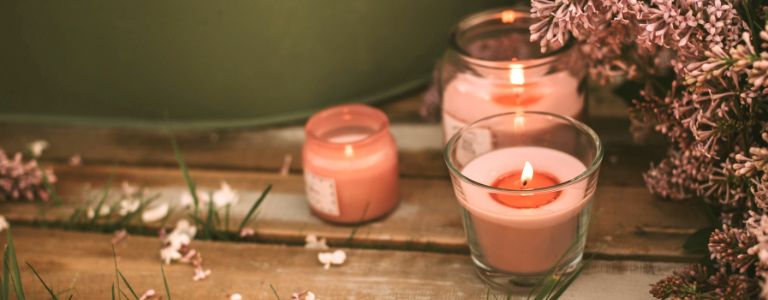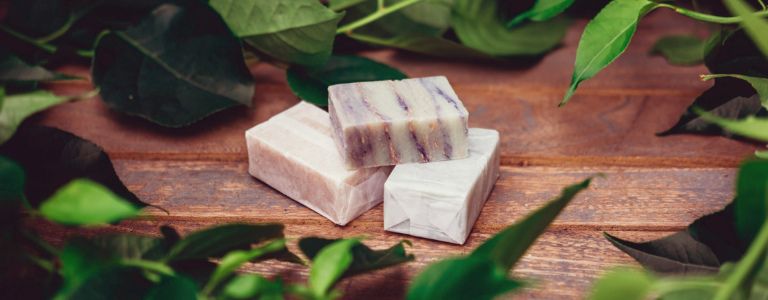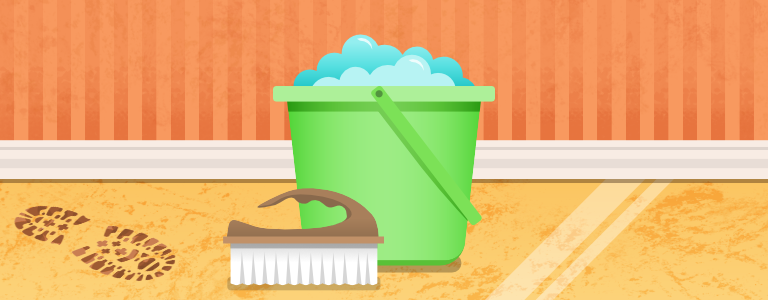5 Common Summer Allergies and How to Treat Them
While many allergy sufferers begin experiencing symptoms in the months of spring and fall, the battle to fight many common allergies rages on throughout the heat of summer. In this blog post, you’ll learn what to expect in terms of symptoms and common environmental triggers. You’ll also learn a few tactics for preventing new symptoms and getting treatment.
Allergy Symptoms
Whether you suffer from allergies personally or know someone who does, many symptoms are easily recognizable. In fact, over 60 million Americans are said to suffer from summer allergies.
Severe sneezing, nasal congestion, and itchiness are all basic red flags. Additionally, some allergy sufferers experience watery or bloodshot eyes and general fatigue. While these can present for a variety of illnesses, prolonged symptoms in the presence of certain environmental conditions may indicate seasonal allergies.
Although we generally think of allergies as annoyances in the spring and fall, there are several culprits that still create trouble during the summer.
Pollen
Pollen is perhaps the most obvious trigger for individuals who struggle with seasonal allergies. Although tree pollen is at its peak in late spring, it stays behind on plants and grasses that can cause continuous problems. This type of allergen varies by geographic location and is often stirred or carried by strong winds.
Weeds
Common weeds include ragweed, cockleweed, pigweed, Russian thistle, sagebrush, and tumbleweed. While you may not be able to identify these if you were to see them in person, they can certainly create real issues for allergy sufferers! In fact, ragweed tends to be the most common summer allergy culprit; once it is picked up in the wind, it can travel hundreds of miles.
Smog
Although smog is present year-round, summer sunlight can make atmospheric ozone at the ground level much worse this time of year. When chemicals from car exhaust mix with the intense heat and humidity of the summer months, the problem of smog is made worse. This issue tends to be more prevalent in busy or congested cities, which can even fall under clouds of dense smog.
Insects
While not true allergens in the sense of pollen or ragweed, insects like bees and wasps can create many problems for those who are allergic to them. Bees, wasps, mosquitos, ants, ticks, and others emerge in the summer months. For some allergy sufferers, a run-in with one of these insects can result in a life-threatening allergic reaction. Always take precautions if you are in an area with open food or standing water, as these environments attract pesky critters.
Microscopic Particles
The warmth and humidity of summer create an ideal breeding ground for substances like mold and spores. Additionally, microscopic dust mites are at their peak during the summer. Residue from these spores and particles can travel in the breeze or settle into fabric.
How to Get Allergy Relief
When it comes to conquering allergy triggers and symptoms in the summer, you have several options depending on which kind of allergy you struggle with. These include:
- Taking over-the-counter medications like antihistamines or nasal steroid sprays.
- Planning a visit to a board-certified allergist for skin testing and treatment.
- Exploring immunotherapy through injection or tablets.
- Adding apple cider vinegar or natural probiotics to your diet.
- Cleaning and changing air filters and washing bedding, clothing, and other fabrics.
- Wearing an air mask or staying indoors during the height of smog and pollution.
- Dressing appropriately to cover skin from insects and bees.
Make Your Indoor Air a Welcome Respite
As you look to improve the air you and your family breathe this summer, make sure you don’t overlook your indoor air quality. Because we spend most of our time indoors, making sure the air you breathe inside your home is healthy is well worth it.
The Bob Jenson team can provide an air quality evaluation while helping improve your cooling system. Reach out to us for more info, and don’t forget to keep checking the Bob Jenson blog for suggestions on how to ensure solid air quality year-round.











